PROTOCOLS OF TRANSMISSIBILITY IN URBAN DESIGN
INTRODUCTION
An analysis of the start-up landscape compared to the multinationals and the different sub-industries they are operating in. The relation between the employee, represented by residential areas, and the tech industry they belong to in the changing times of a pandemic.
RESEARCH TOPIC
Speculating that these changes will be reflected within the coworking spaces which have the potential to start breaking into the urban fabric. Vice versa, the residential fabric has the potential to contaminate the deserted tech city creating a homogeneous landscape.
The aim is to strengthen the relationship of the tech industry on a street level. A new technological landscape that you can feel and perceive in an interactive way.
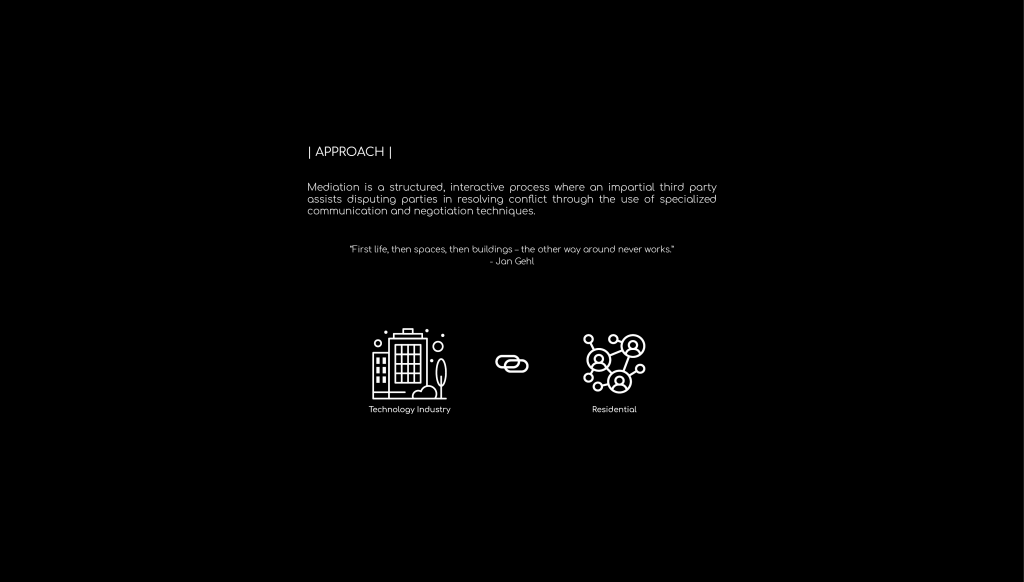
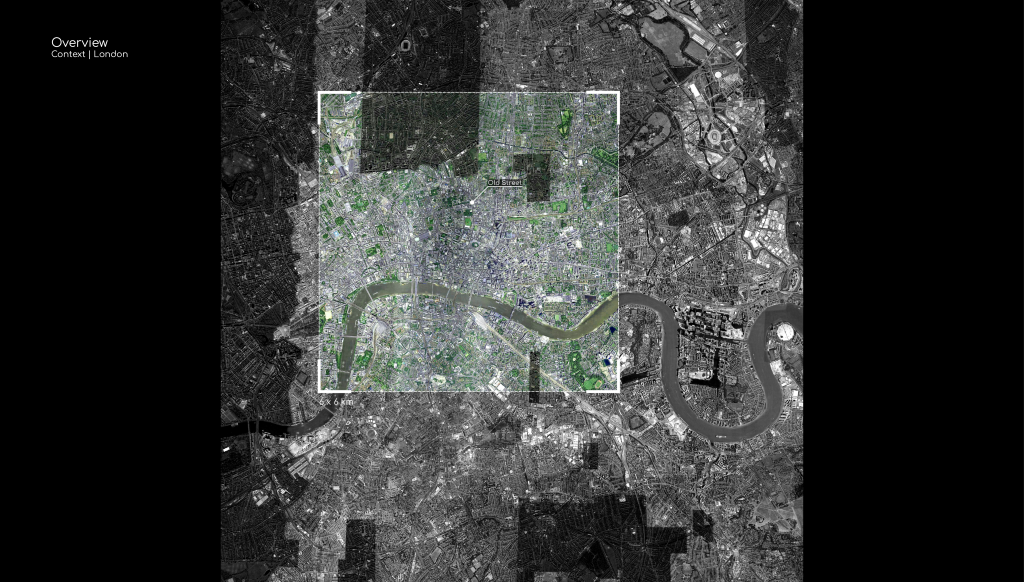
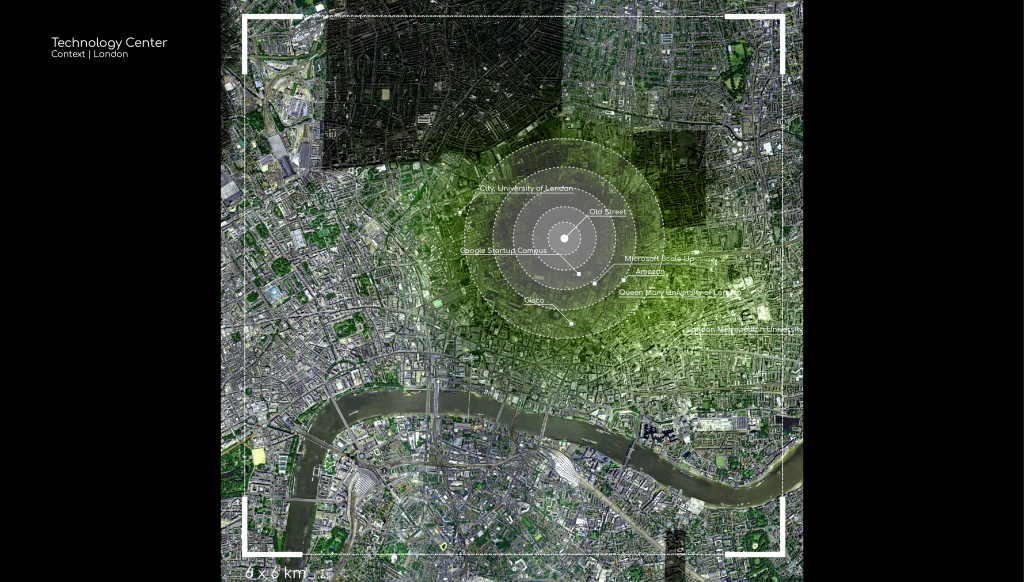
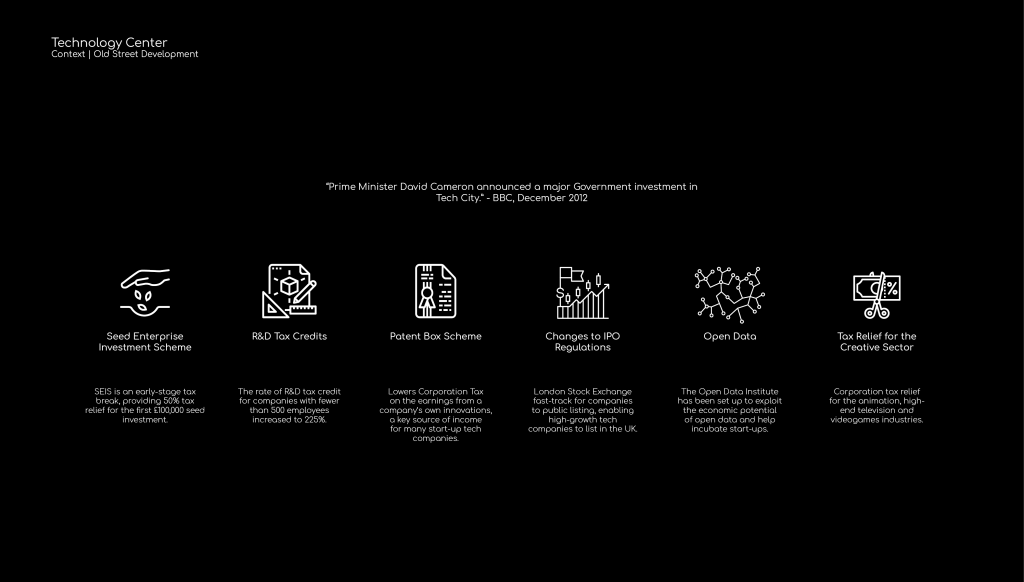
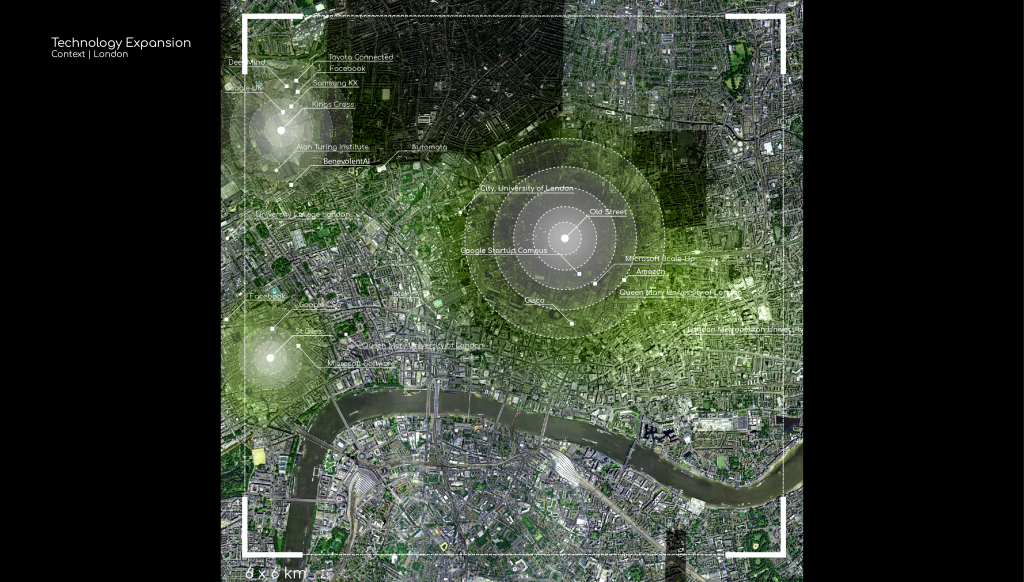
NETWORKS
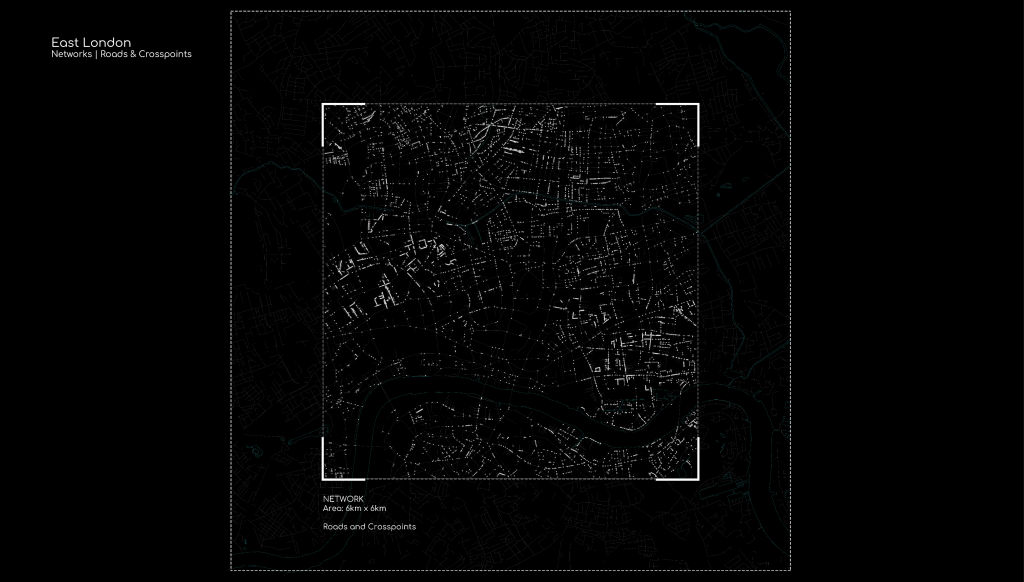
The first step in the research is to map the street network with the intersections in London. This shows the contrast in density as the number of data points is not homogeneously distributed.
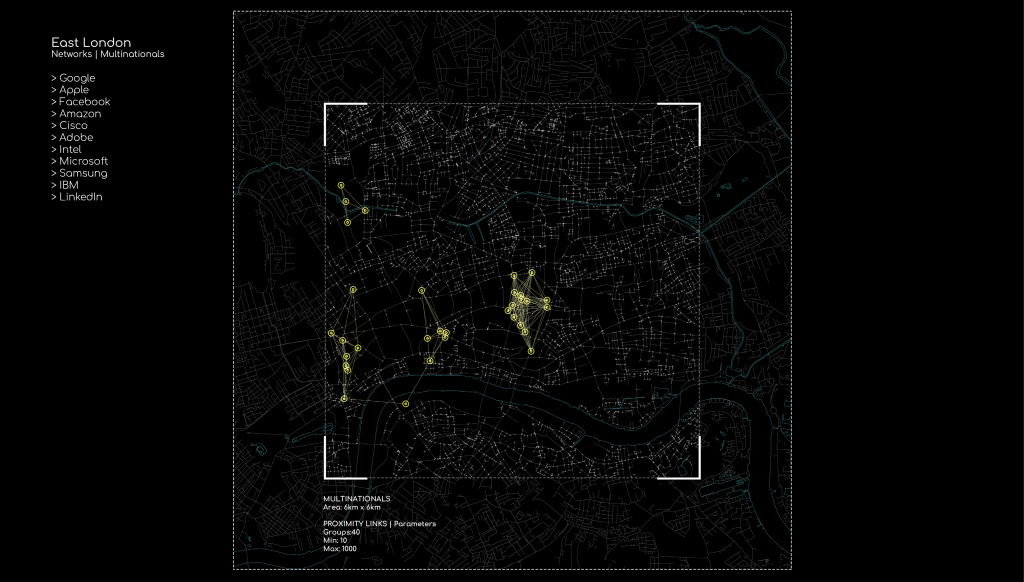
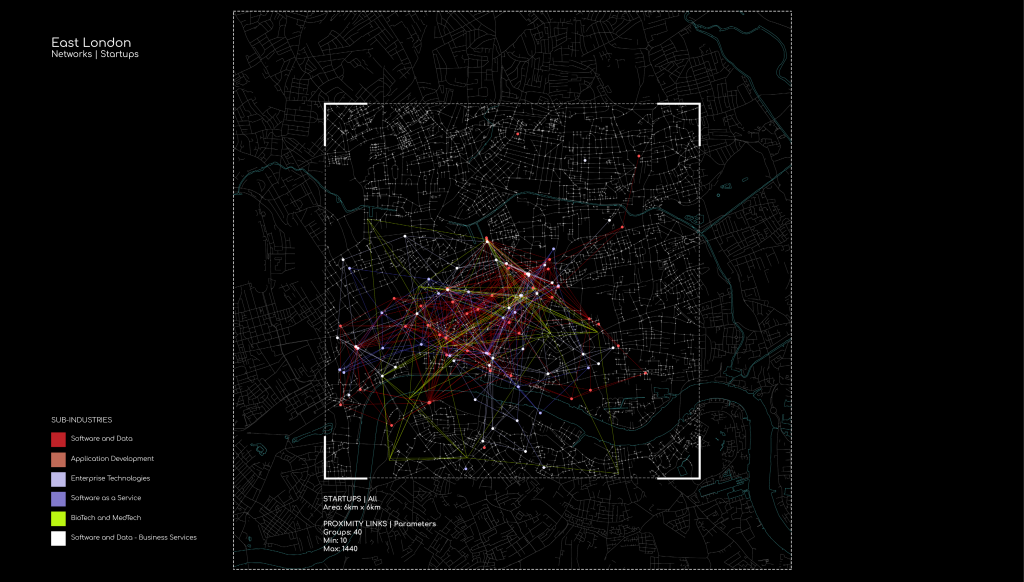
The startup landscape shows a strong relationship with the multinational centers. However, there is an expansion trend in and beyond the edges of this technological district.
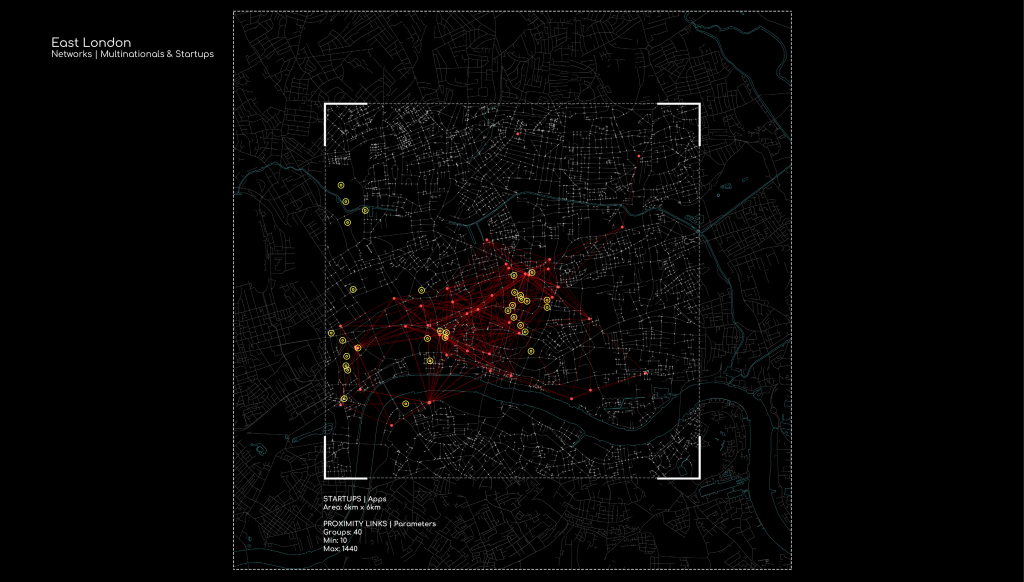

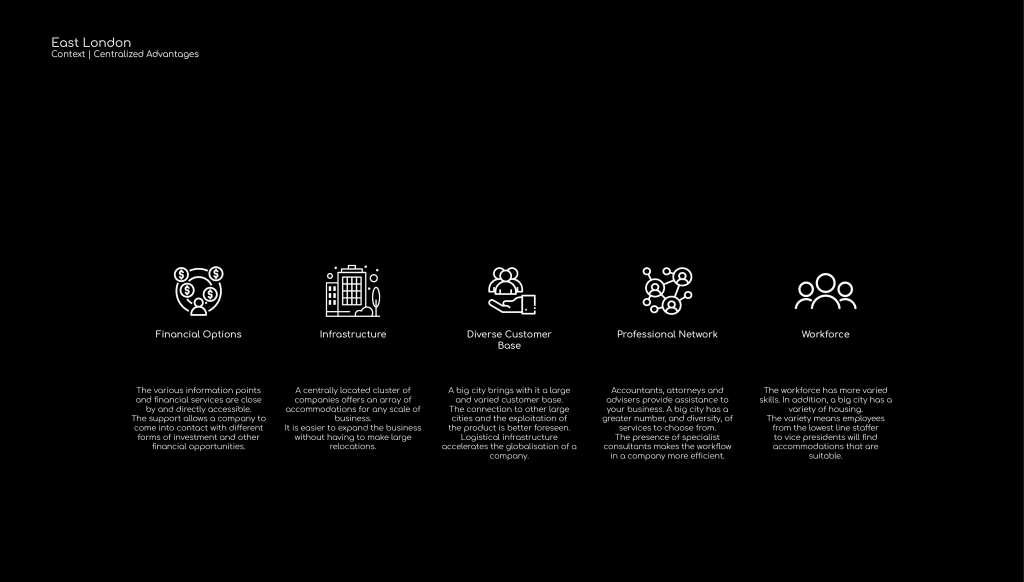
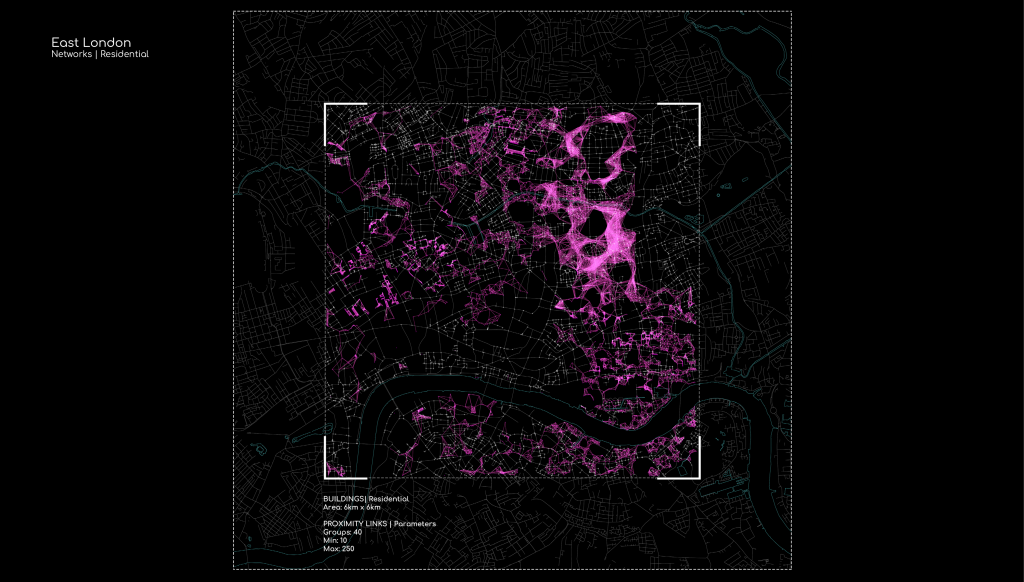
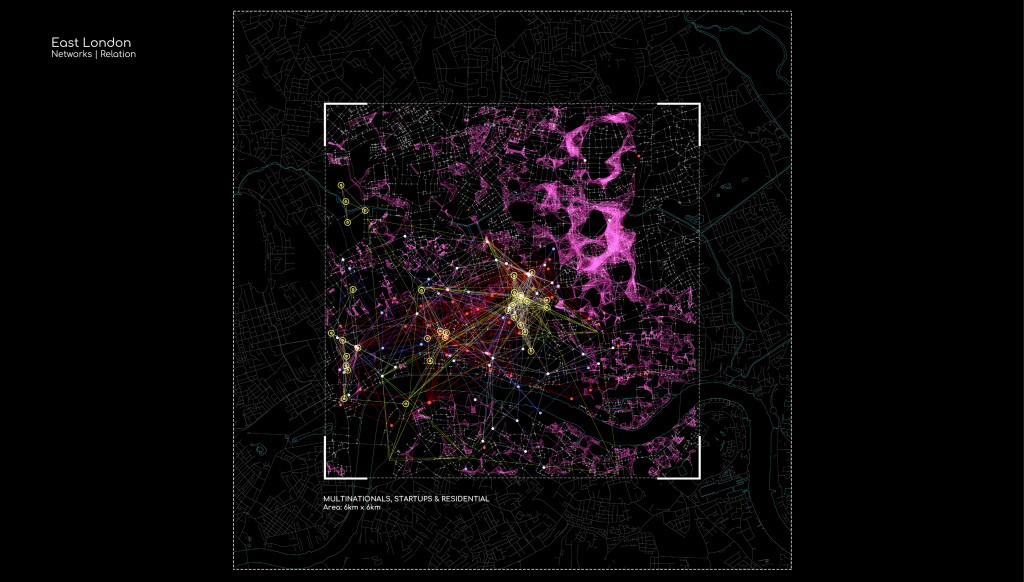
The previous maps show a conflict in density where the expansive nature of the technology industry is putting pressure on the residential districts. In the street, these form two different typologies of urban development that are in direct conflict with each other. Even before the pandemic, these districts were empty in the evening and there was little or no activity.
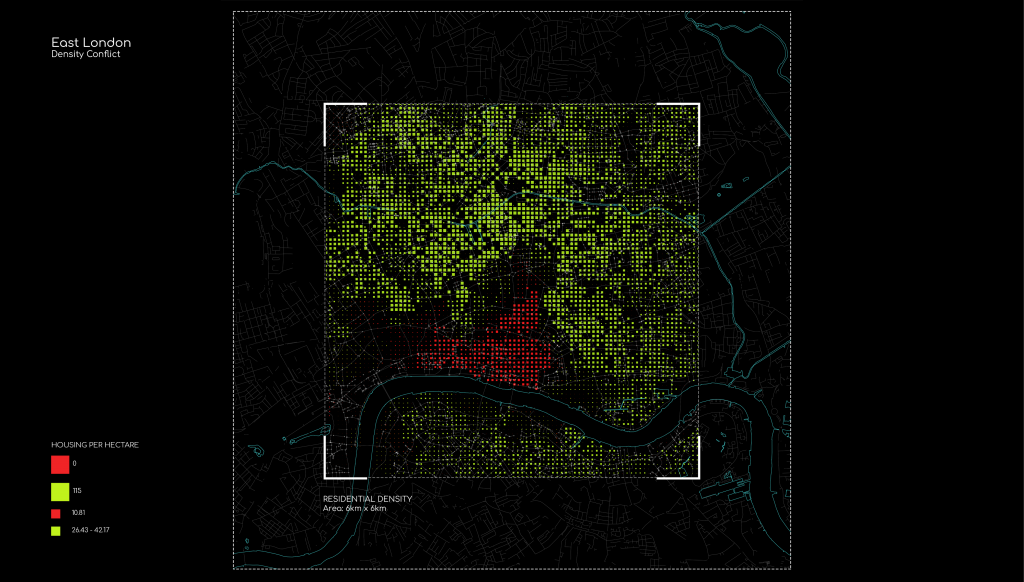
OPPORTUNITY
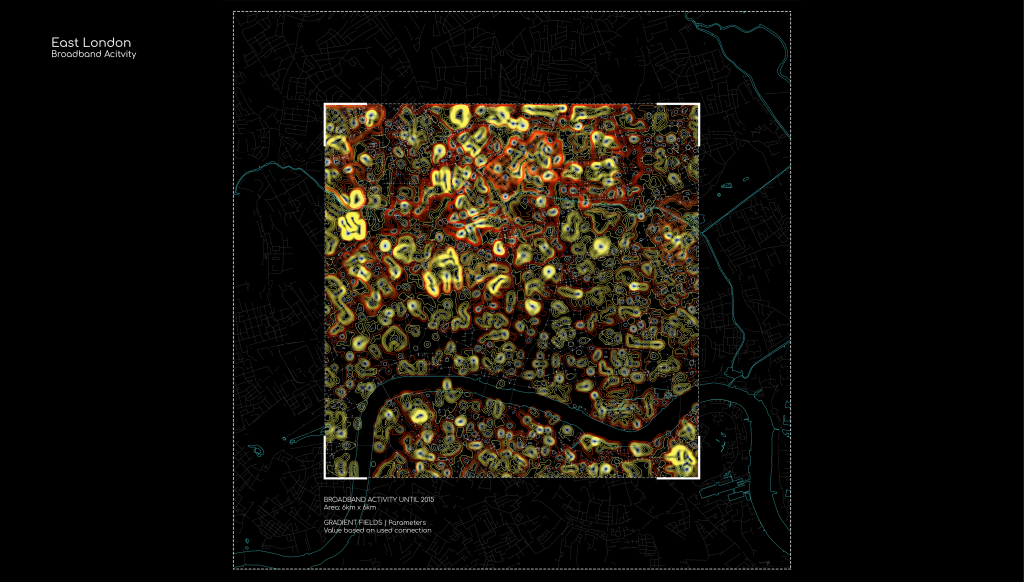
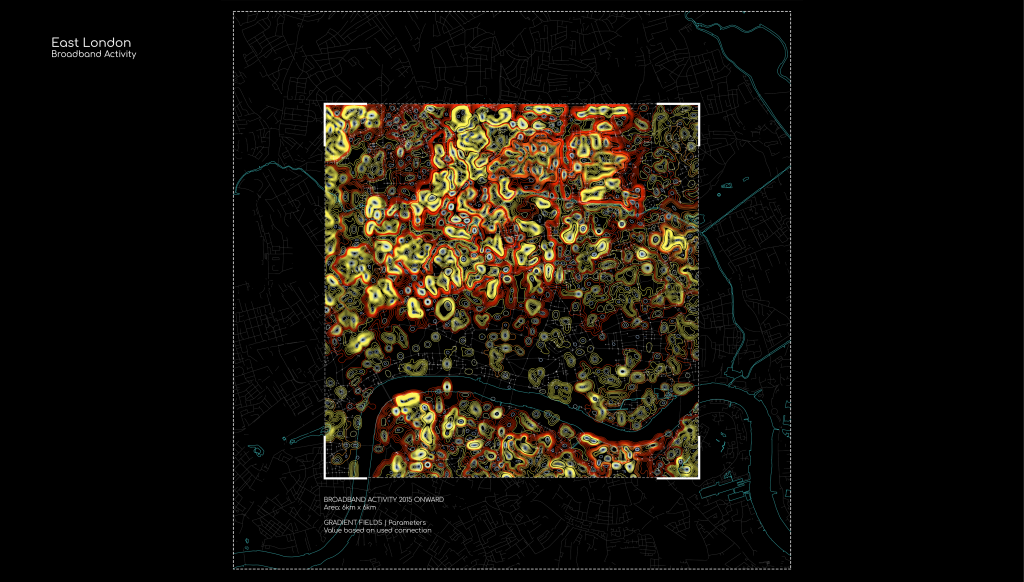
The broadband network shows an expansion in usage in the areas outside the tech centers. This shows that the gap between the residential areas and the tech industry is growing. There is a technological divide.

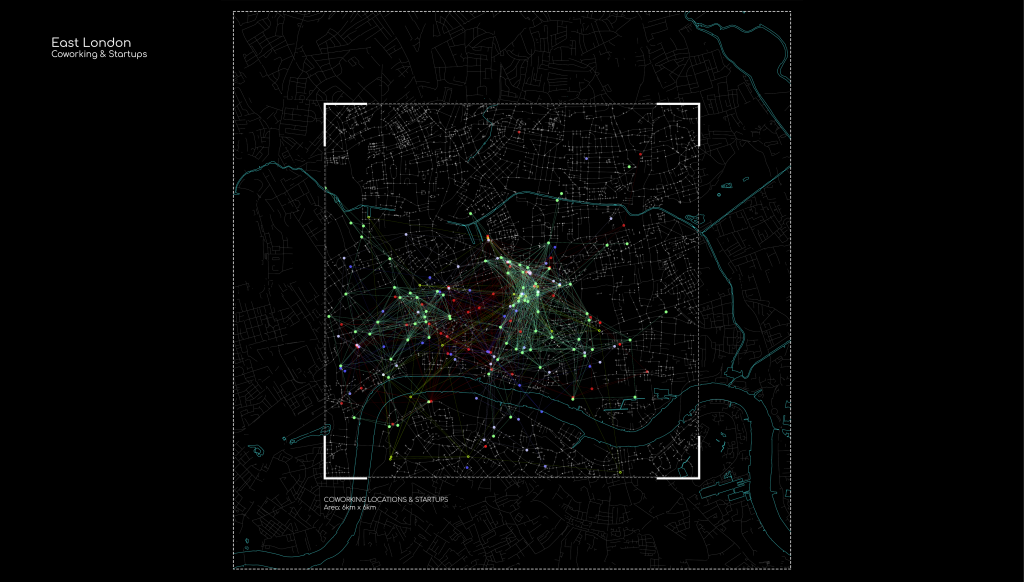
There is a strong relationship between the location of the startups and the coworking spaces. However, the developing trend of commonly shared workspaces is a reactive one towards the startups rather than active. Coworking spaces are virtually non-existent in residential areas.
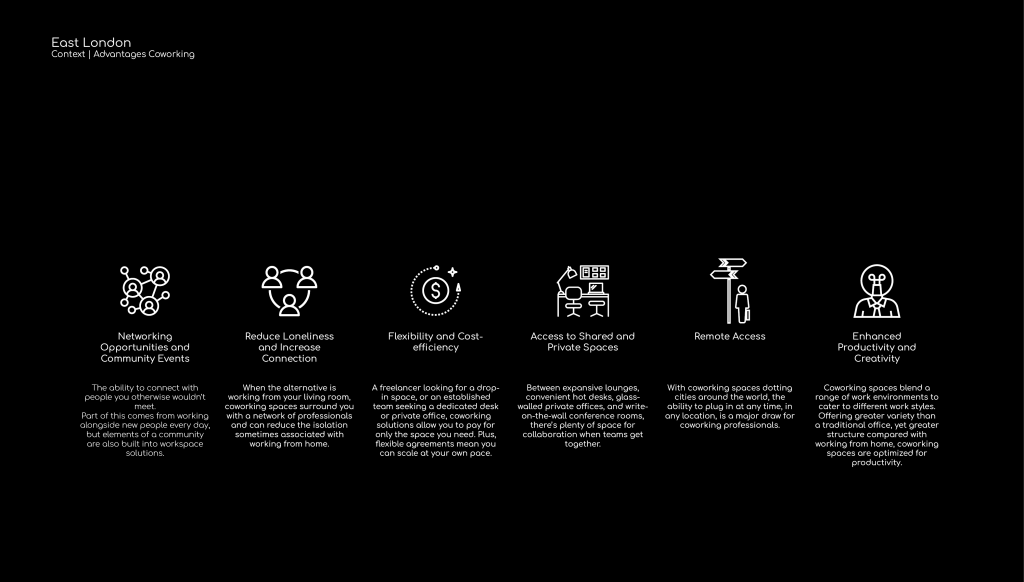

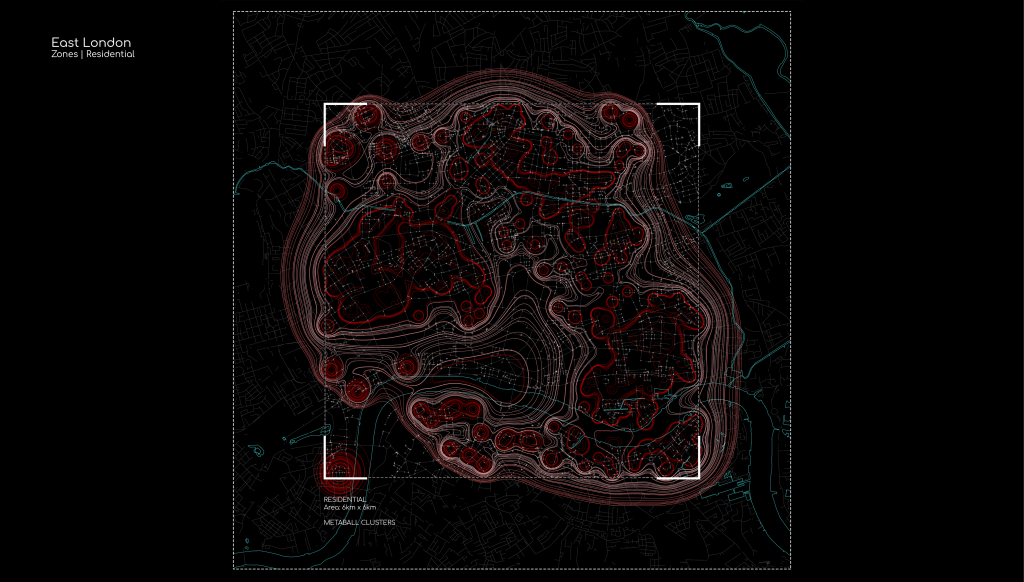
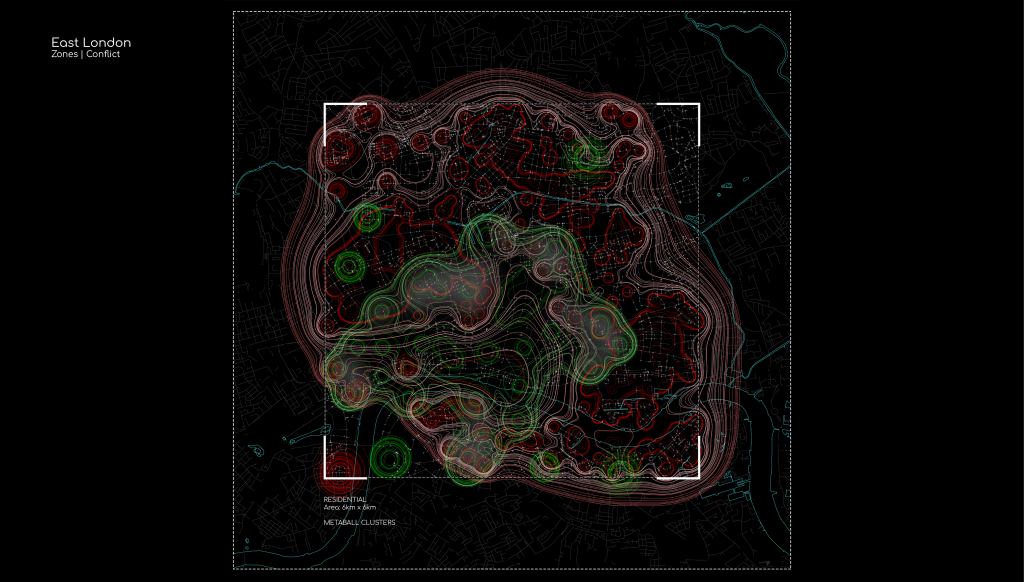
The areas where there is overlap form an area of opportunity for intervention. These areas have the greatest conflict between the residential and tech industry.
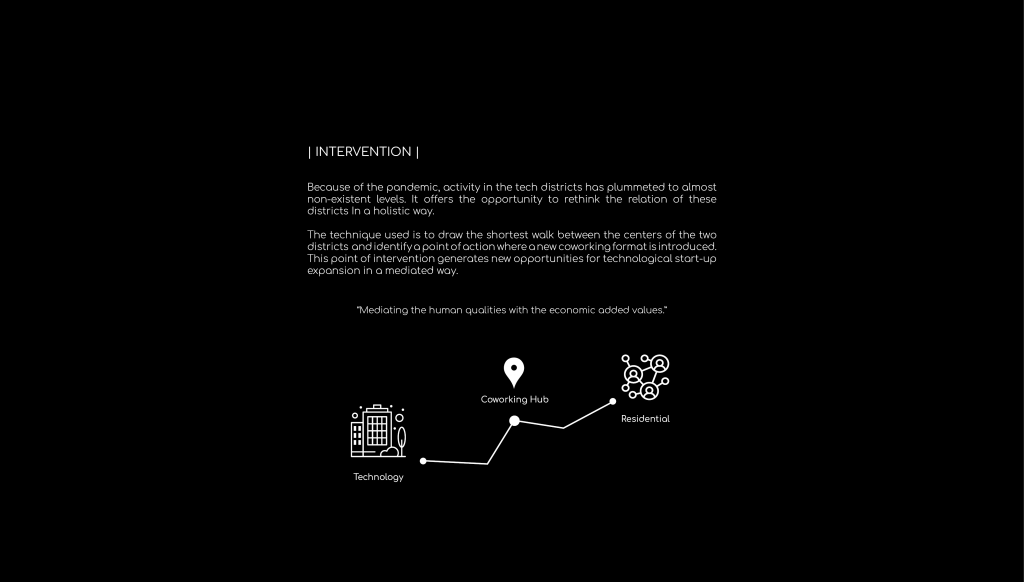
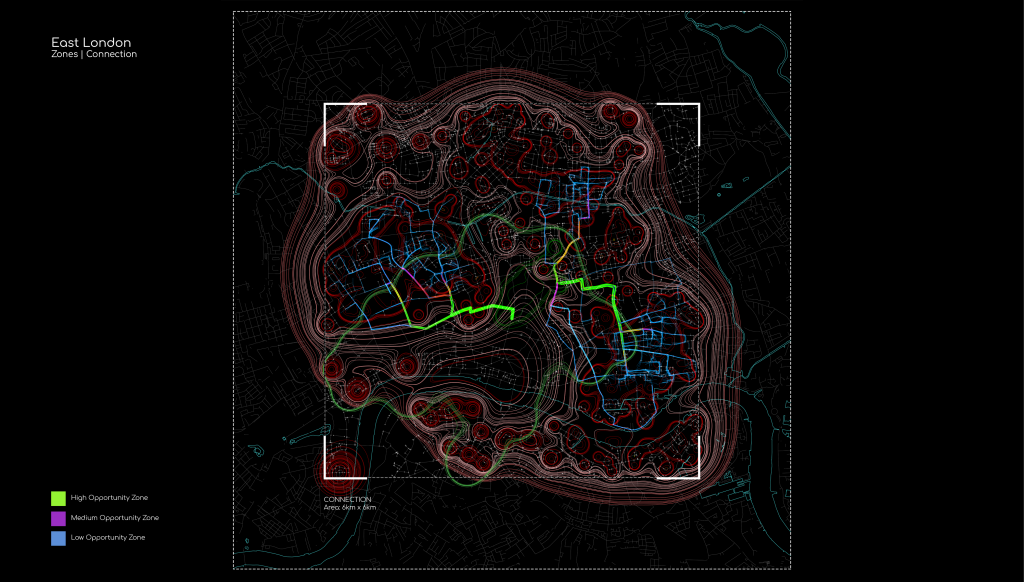
The green zone was created with the shortest walking distance between the residential centers and the tech industry centers. It forms a zone with the opportunity for a new form of coworking spaces to mediate the two typologies.
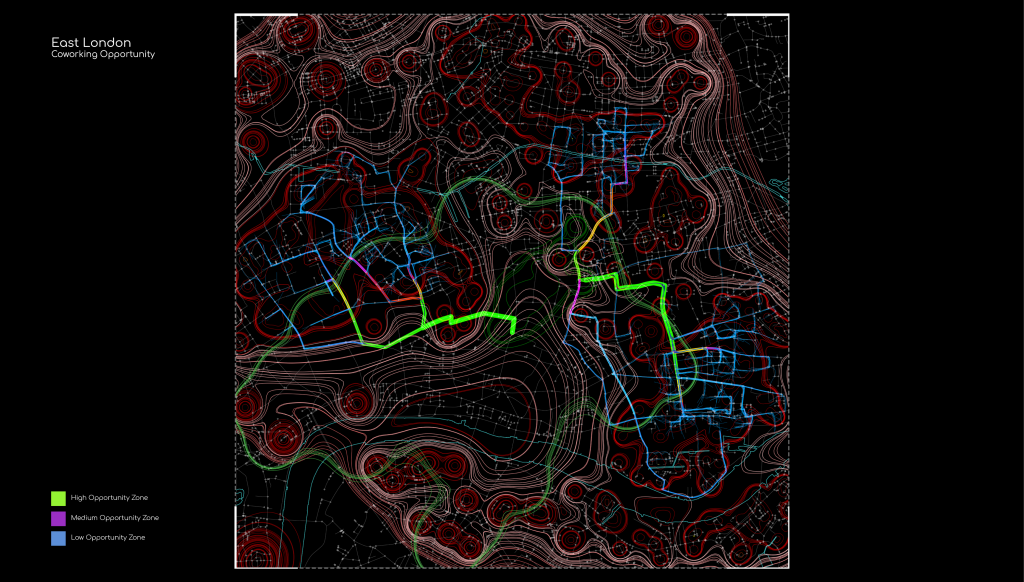
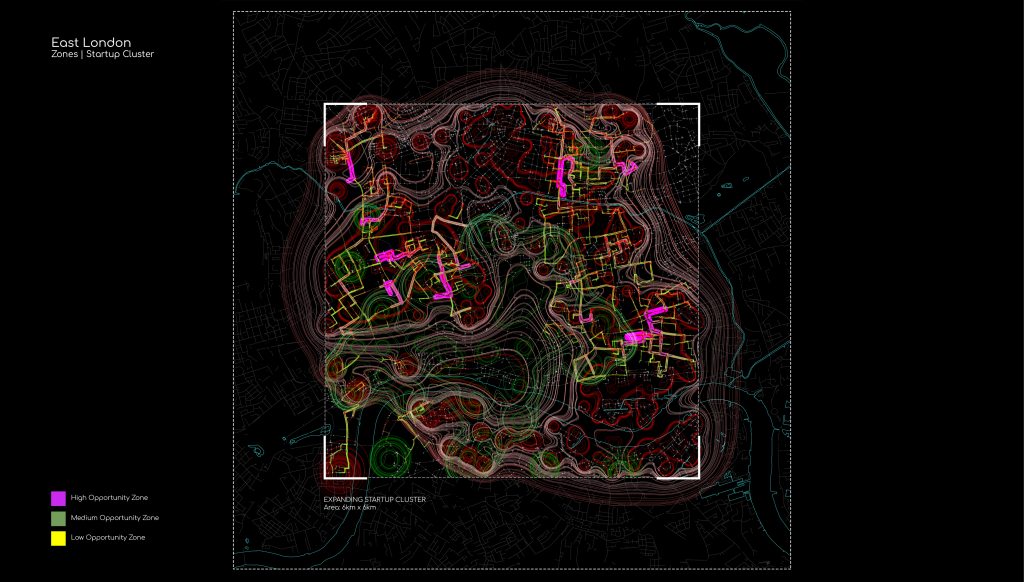
The map shows the continuation of this system in the rest of the city. The transition zones become smaller and more opportunities arise for a homogeneous landscape.
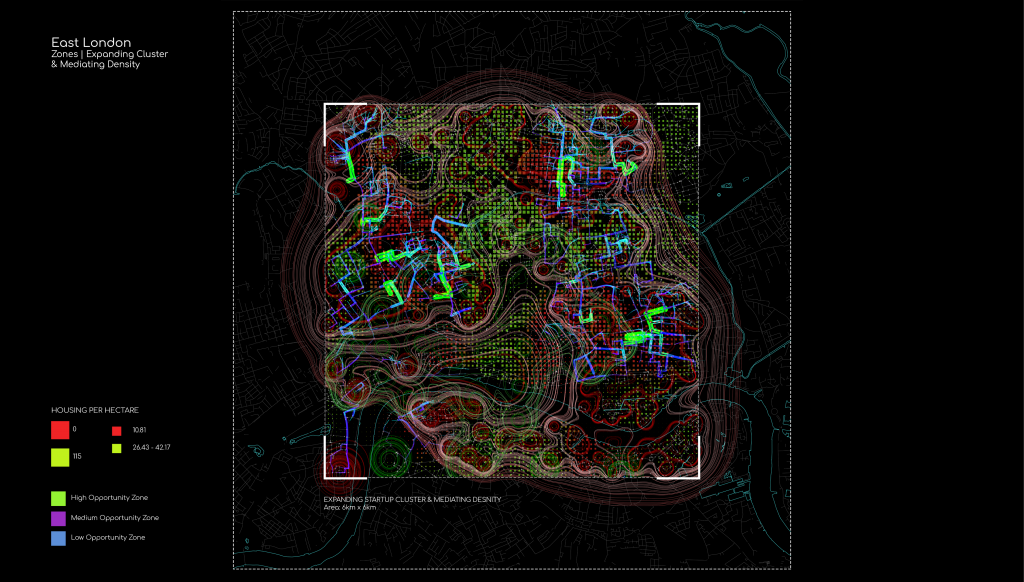
After mediating the tech industry into the residential landscape, the residential landscape can be reintroduced into the former tech centers. This creates a homogenous distribution between the two zones, which in turn makes it more liveable and accessible on a human scale.
https://hubs.mozilla.com/uh79WGL/mediation-in-the-urban-fabric
Mediation in the Urban Fabric – Protocols of Transmissibility in Urban Design is a project of IAAC, Institute for Advanced Architecture of Catalonia developed in the Master in Advanced Architecture 2020/21 by students: Alexander Dommershausen, Iulia Lichwar & Elena Petruzzi
and faculty: Marco Poletto, faculty assistant: Eirini Tsomokou